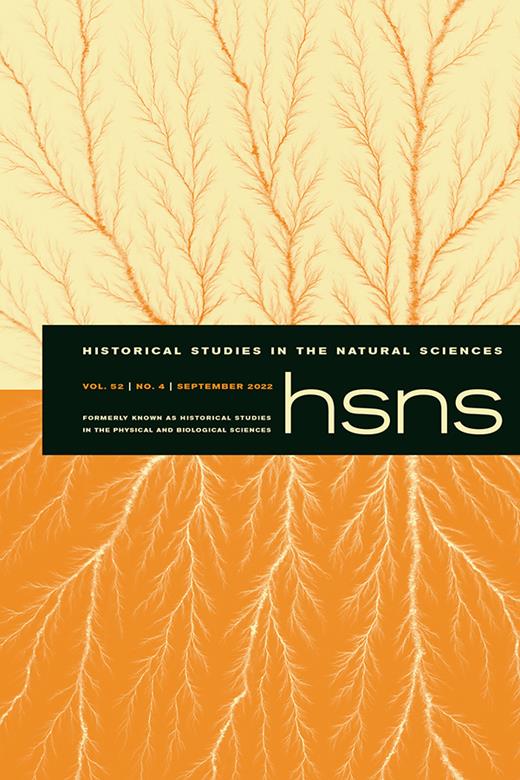Nova publicació
Carlos Tabernero, "The Case of the Killer She-Wolf: Media, the Natural Sciences, and the Construction of the Environment in Late Franco’s Spain"
Volume 52, Issue 4 of Historical Studies in the Natural Sciences (September 2022)

Abstract:
In July 1974, a she-wolf allegedly killed two children in Ourense (Spain). A press outburst followed, with a heated debate about the extermination or conservation of wolf populations. This article examines that media coverage as a highly illustrative example of a multilayered process of natural history knowledge construction. The initial focus on the legal standing of wolves soon turned to an argument about Spain’s modernization, a central contention during Franco’s dictatorship, particularly in the last two decades. In a context of the rise of the natural sciences as a noteworthy field of sociopolitical negotiation worldwide, the scientific definition and management of natural heritage, intertwined with nationalist and internationalist rationales that were integral to the regime’s enduring legitimation strategies, quickly became central issues. In addition, Felix Rodríguez de la Fuente (1928–1980), a highly influential naturalist, media icon, and celebrity champion of wolves, whose stance of a scientifically based activism elicited mixed feelings in late Franco’s Spain, was quickly drawn into the quarrel with shepherds, hunters, scholars, policymakers, and journalists. His involvement, against a backdrop of locally situated and environmentally related conflicts, allows us to analyze the ambivalent role of science, media, and celebrity in the establishment of the epistemological status of local/rural and outsider/urban knowledge in the construction of narratives about nature. In all, this case brings together official mechanisms of production of scientific knowledge, various forms of public and institutional engagement, a wide range of people’s everyday-life experiences, and the crucial involvement of the media.
Keywords:
media, environment, Franco’s regime, human–wildlife conflicts, natural history knowledge production, rural/urban boundaries, celebrity